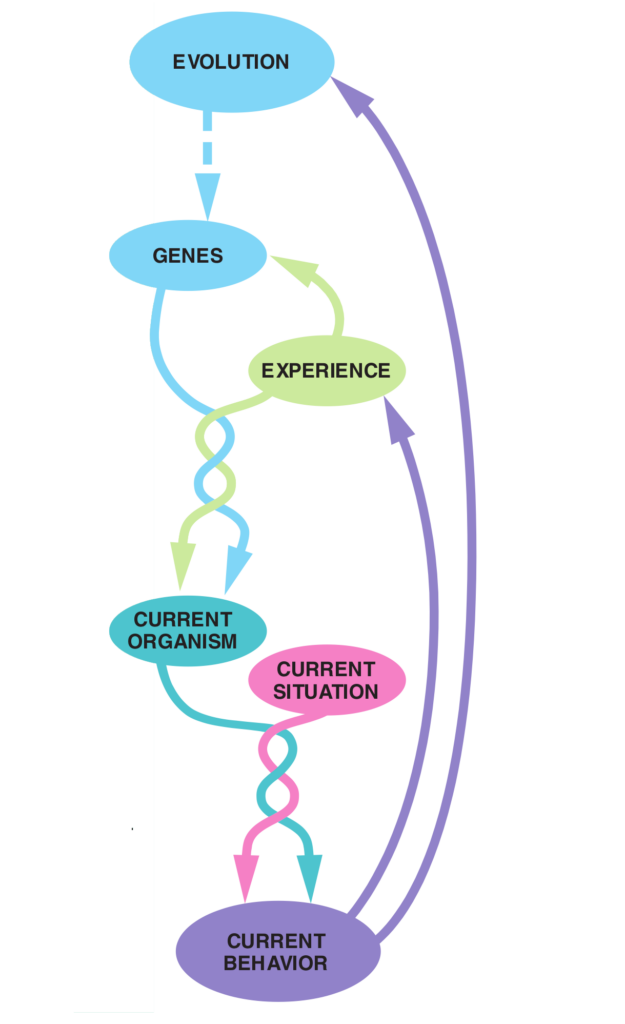Solution Concepts MARL
“For common-reward games, in which all agents receive the same reward, a straightforward definition for a solution is to maximize the expected return received by all agents (but finding such a solution may not be simple at all, as we will see in later chapters). However, if the agents have differing rewards, the definition of a solution concept becomes more complicated”
MARL book p.61
Obviously, the agents in the Predator-Prey-Grass environment have different rewards so the solution concept becomes more complicated. In search for a suitable solution concept, note that the model aims to be descriptive. When discussing descriptive models, which aim to represent and predict real-world behaviors rather than prescribing optimal behaviors, certain solution concepts align better than others due to their realistic alignment with observed decisions.
According to chatGPT useful solution concepts in a descriptive model (such as the Predator-Prey-Grass environment) can be:
- Nash Equilibrium: This is perhaps the most well-known solution concept in game theory. A Nash Equilibrium occurs when no player can do better by unilaterally changing their strategy, given the strategies of all other players remain constant. While often considered a normative concept (suggesting how players should play), it can also be descriptive if players in real scenarios are observed to behave according to Nash Equilibrium strategies. This can be particularly relevant in well-understood or repetitive settings where players learn the optimal responses over time.
- Quantal Response Equilibrium (QRE): This is a probabilistic version of Nash Equilibrium more suited for descriptive models. It assumes players make errors in their decision-making with a certain probability, reflecting more realistically how real humans behave. The quantal response functions represent the probability that a player chooses a particular strategy, which increases with the expected payoff of that strategy. This concept can be particularly useful in describing environments where players are not fully rational or where there are uncertainties about the payoffs or the strategies of other players.
- Evolutionary Stable Strategy (ESS): Particularly relevant in biological and sociological contexts, an ESS is a strategy which, if adopted by a population in a game, cannot be invaded by any alternative strategy that is initially rare. It is a concept derived from evolutionary game theory and helps describe situations where strategies evolve over time based on their success relative to other strategies in the environment.
- Behavioral Strategies: These include models that incorporate findings from behavioral economics, like loss aversion, framing effects, and other cognitive biases. These strategies are not traditionally part of game theory but can be integrated into game-theoretic models to enhance their descriptive power. For example, Prospect Theory can modify payoff functions in a game to reflect how people actually perceive gains and losses, rather than how they objectively exist.
- Correlated Equilibrium: This broader form of Nash Equilibrium allows for the possibility that players’ strategies can be correlated rather than independent. It assumes that some form of pre-play communication (not necessarily explicit) might help players coordinate their strategies. This concept can describe scenarios where players observe others’ actions over time and adjust their strategies accordingly, even without direct communication.
Each of these solution concepts can be particularly powerful in different descriptive scenarios. The choice of which concept to use depends heavily on the specific characteristics of the game being modeled, including the rationality of the players, the nature of interaction (repeated vs. one-shot), communication possibilities, and the presence of external enforcement or influence mechanisms. For a model that aims to describe actual behavior in strategic settings, choosing the right solution concept is crucial to accurately capturing the nuances of player decisions and interactions.
